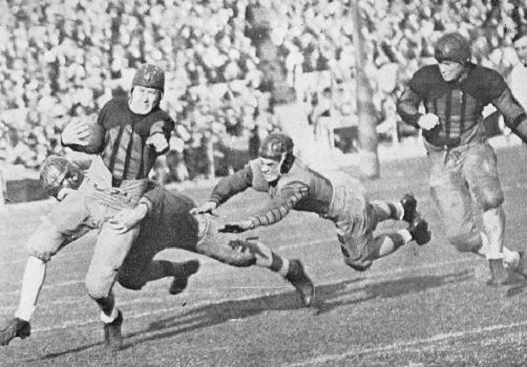
Pictured above is Alabama halfback Johnny Mack Brown about to break free for a long gain against Washington in the Rose Bowl. Alabama won a great game 20-19 to finish 10-0 and lay claim to the school's first mythical national championship (MNC). They are the consensus choice for MNC of 1925 among retroactive selectors.

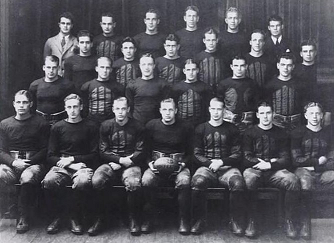
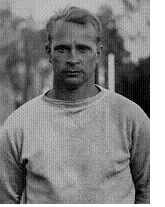 If there had
been a Heisman Trophy in 1925, Dartmouth's Hall of Fame halfback Andy
"Swede" Oberlander (pictured at left) would have easily won it, despite this being Red
Grange's senior season at Illinois. Oberlander was a unanimous All
American, and Grange wasn't (Nebraska's legendary tackle Ed Weir was
the only other unanimous AA in 1925). Oberlander scored 12
touchdowns this season, but he was also the passer in Jess Hawley's
attack, and he threw for another 14 touchdowns. He was a great punter
as well.
If there had
been a Heisman Trophy in 1925, Dartmouth's Hall of Fame halfback Andy
"Swede" Oberlander (pictured at left) would have easily won it, despite this being Red
Grange's senior season at Illinois. Oberlander was a unanimous All
American, and Grange wasn't (Nebraska's legendary tackle Ed Weir was
the only other unanimous AA in 1925). Oberlander scored 12
touchdowns this season, but he was also the passer in Jess Hawley's
attack, and he threw for another 14 touchdowns. He was a great punter
as well.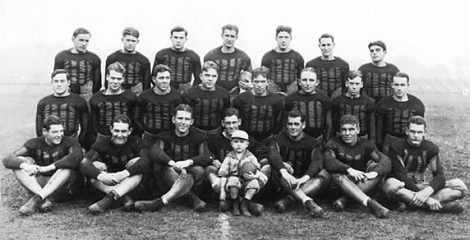
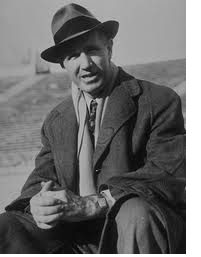 Alabama
first emerged as a strong Southern team coming out of World War One.
They were 8-1 in 1919, losing 16-12 at 5-1-2 Vanderbilt, and 10-1 in
1920, losing 21-14 at 8-0-1 Georgia. They fell back to 5-4-2 the next
season, but in 1922 they posted a big 9-7 win at 6-3 Penn, finishing
6-3-1. In 1923, the same year Jess Hawley started at Dartmouth, Alabama
hired Hall of Fame coach Wallace Wade (pictured at left) away from
Vanderbilt's staff. He went 7-2-1 his first season, losing 23-0 at 8-1
Syracuse and 16-6 against 6-1-2 Florida, and in 1924 he went 8-1,
losing 17-0 to 5-1-1 Centre, the
Alabama
first emerged as a strong Southern team coming out of World War One.
They were 8-1 in 1919, losing 16-12 at 5-1-2 Vanderbilt, and 10-1 in
1920, losing 21-14 at 8-0-1 Georgia. They fell back to 5-4-2 the next
season, but in 1922 they posted a big 9-7 win at 6-3 Penn, finishing
6-3-1. In 1923, the same year Jess Hawley started at Dartmouth, Alabama
hired Hall of Fame coach Wallace Wade (pictured at left) away from
Vanderbilt's staff. He went 7-2-1 his first season, losing 23-0 at 8-1
Syracuse and 16-6 against 6-1-2 Florida, and in 1924 he went 8-1,
losing 17-0 to 5-1-1 Centre, the 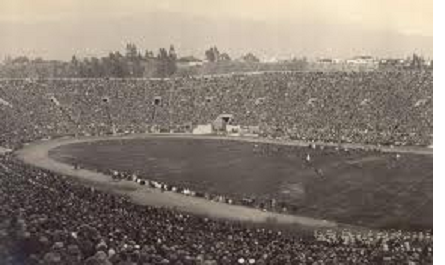
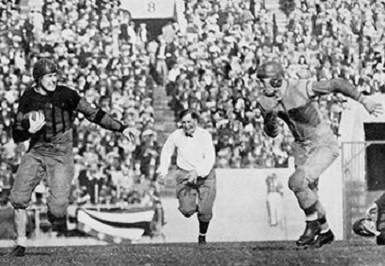
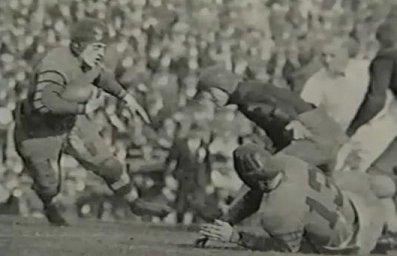
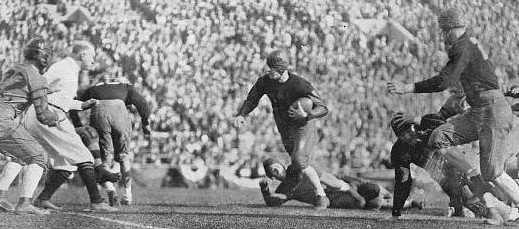
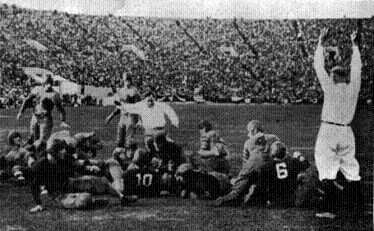
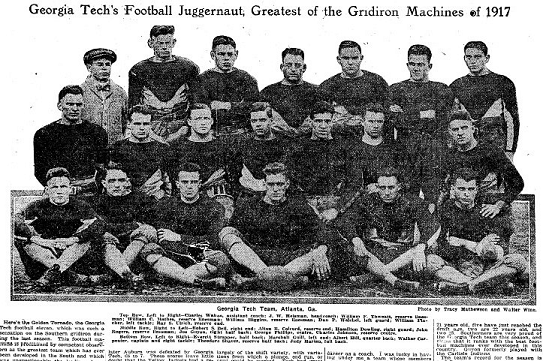
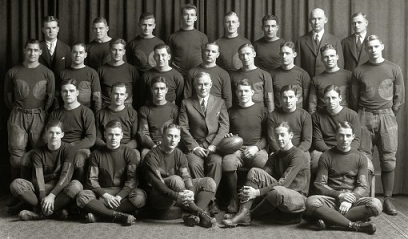
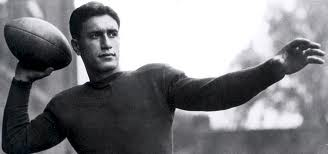
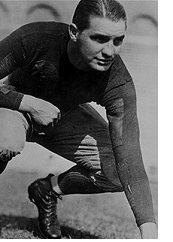 Michigan had 2 consensus All Americans (only Dartmouth had more), and both are in the Hall of Fame
Michigan had 2 consensus All Americans (only Dartmouth had more), and both are in the Hall of Fame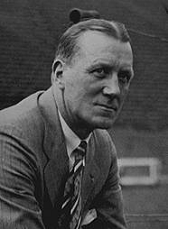 Pittsburgh had been the top program in the country under Pop Warner 1915-1918
Pittsburgh had been the top program in the country under Pop Warner 1915-1918